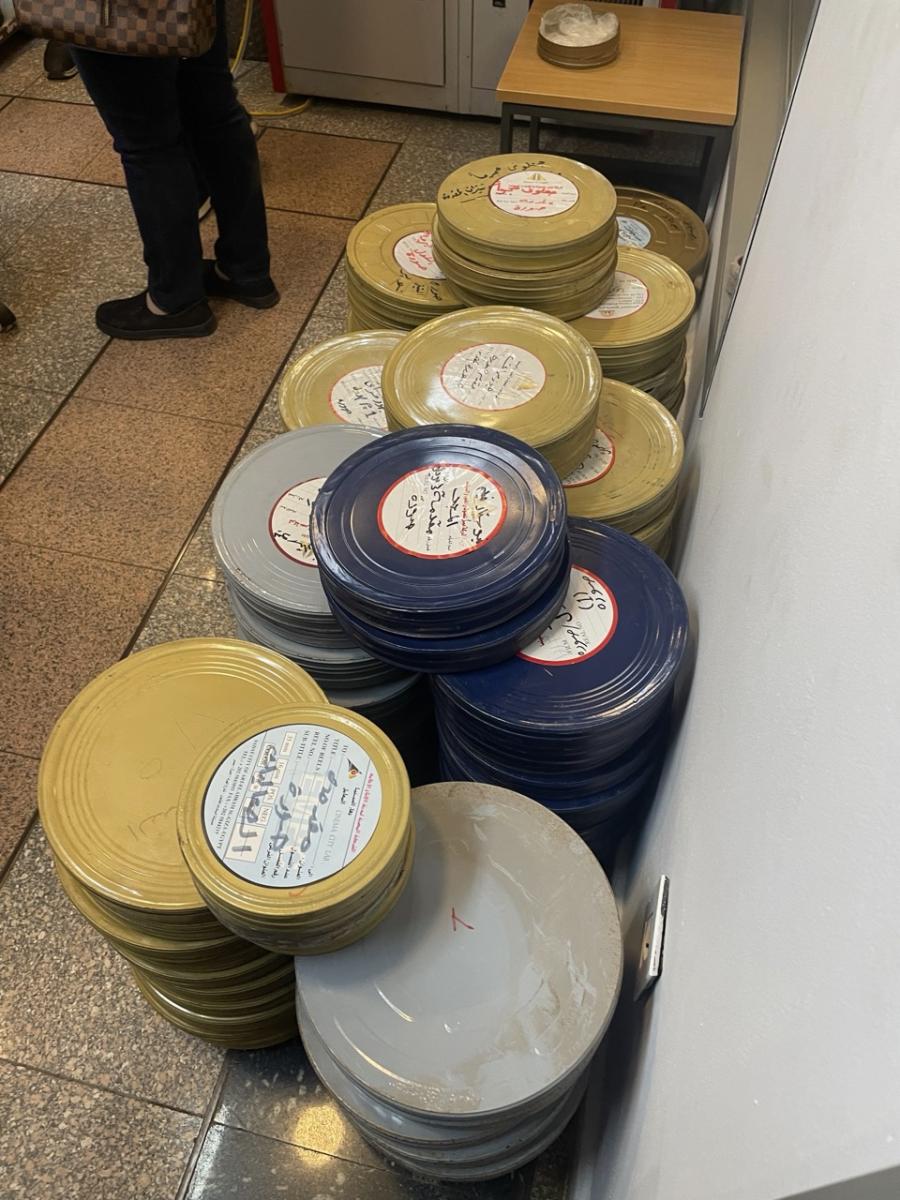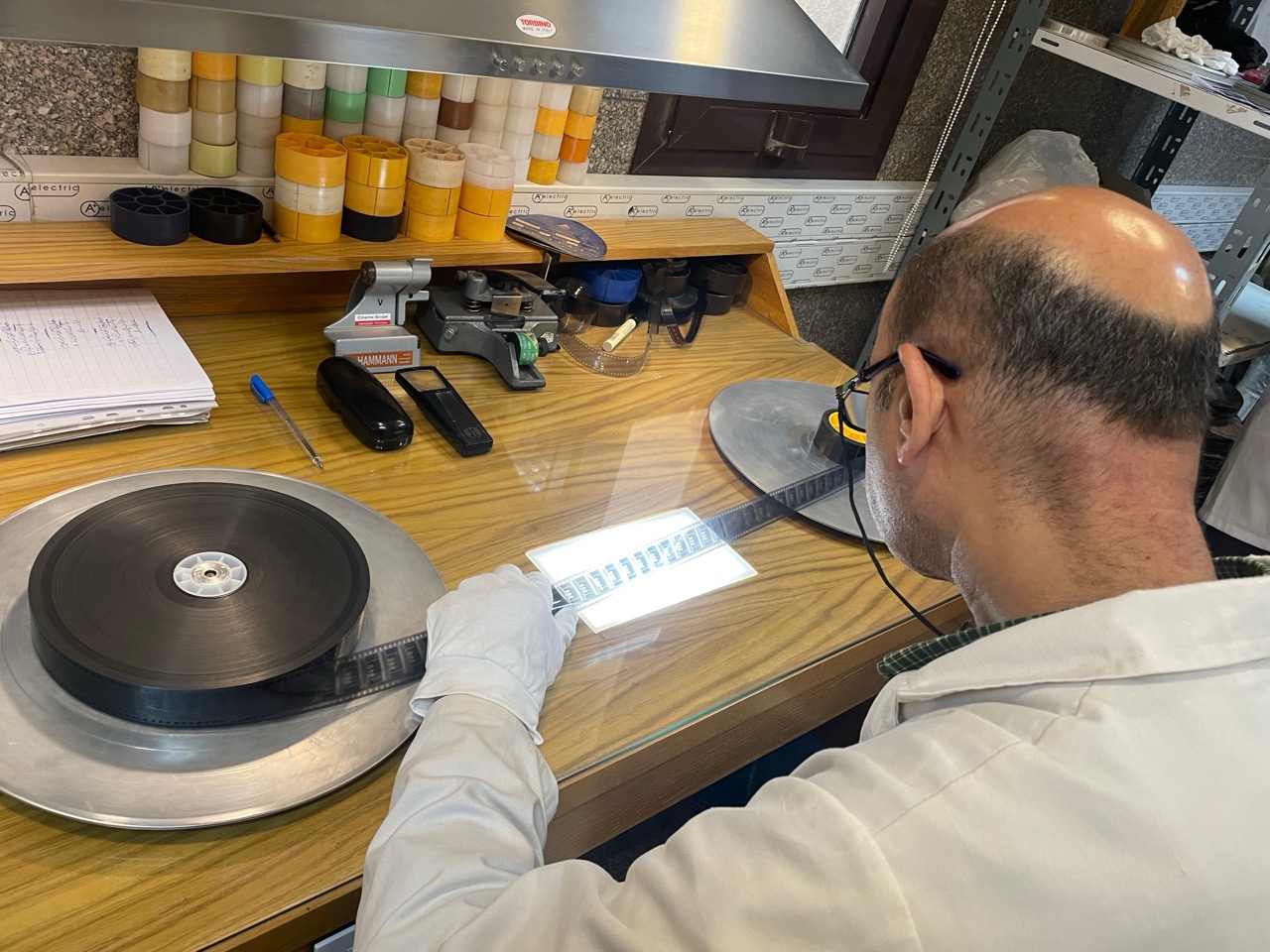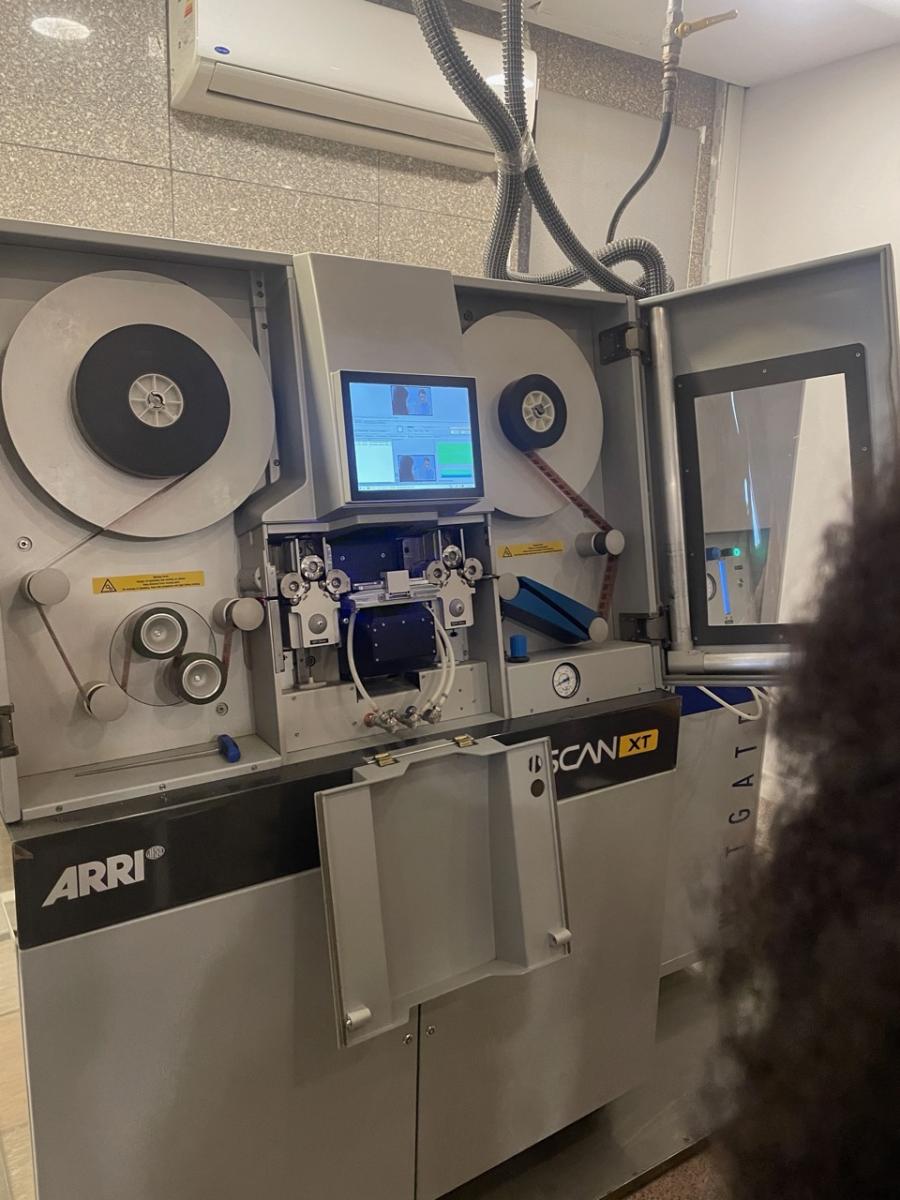The Cairo International Film Festival (CIFF), which this year celebrated its 45th edition, marked an exceptional turning point by honoring the cinematographic heritage. Under the chairmanship of Hussein Fahmy, This edition was illustrated by a deep commitment to the restoration and preservation of films, an essential initiative to transmit these cultural treasures to future generations. From the opening ceremony, Hussein Fahmy announced the creation of Cairo Classics, a new section dedicated to classical films restored. A video projected on this occasion showed the spectacular effects of the restoration: images damaged by the reborn weather with sharpness and a striking visual richness.
The initiative to enhance the cinema classics took root in 2022, when the festival had scheduled two recently restored Egyptian films. Their success has convinced the organizers to go further: this year, Cairo Classics was created with an ambitious program of ten of the most emblematic Egyptian films, screened alongside great international classics. The objective is to maintain this pace by presenting ten restored Egyptian works each year. This approach not only preserves national cinematographic memory, but also to promote the role of Egypt as a guardian of cultural heritage in the region. Hussein Fahmy also insisted on the role of subtitling, in fact all these restored films are subsequently subtitled to be able to travel, go from major international festivals and even be distributed by streaming platform, allowing a very large audience around the world to discover or review them. The success of this section Cairo Classics Was immediate: all the projections have displayed complete, attracting a varied audience, made up of both local amateurs and foreign guests, including Western criticism from discovering this heritage.
As an extension of this heritage celebration, the festival offered its guests an exclusive visit to theEgyptian Media Production City (EMPC), A colossal complex located on the outskirts of Cairo. This space of 2 million square meters is a pillar of Egyptian audiovisual industry, bringing together, among others, 90 filming studios, production workshops, an academy – The International Academy for Engineering and Media Sciences (IAEMS) – A training center in the audiovisual and workshops for the production of sets. The Production Services Center of the EMPC provides a full range of services for local and international producers, including obtaining various authorizations for foreign filming in Egypt. This support allowed 55 foreign films to see the light of day at the EMPC, with currently 10 international projects in progress, including American and Chinese productions.
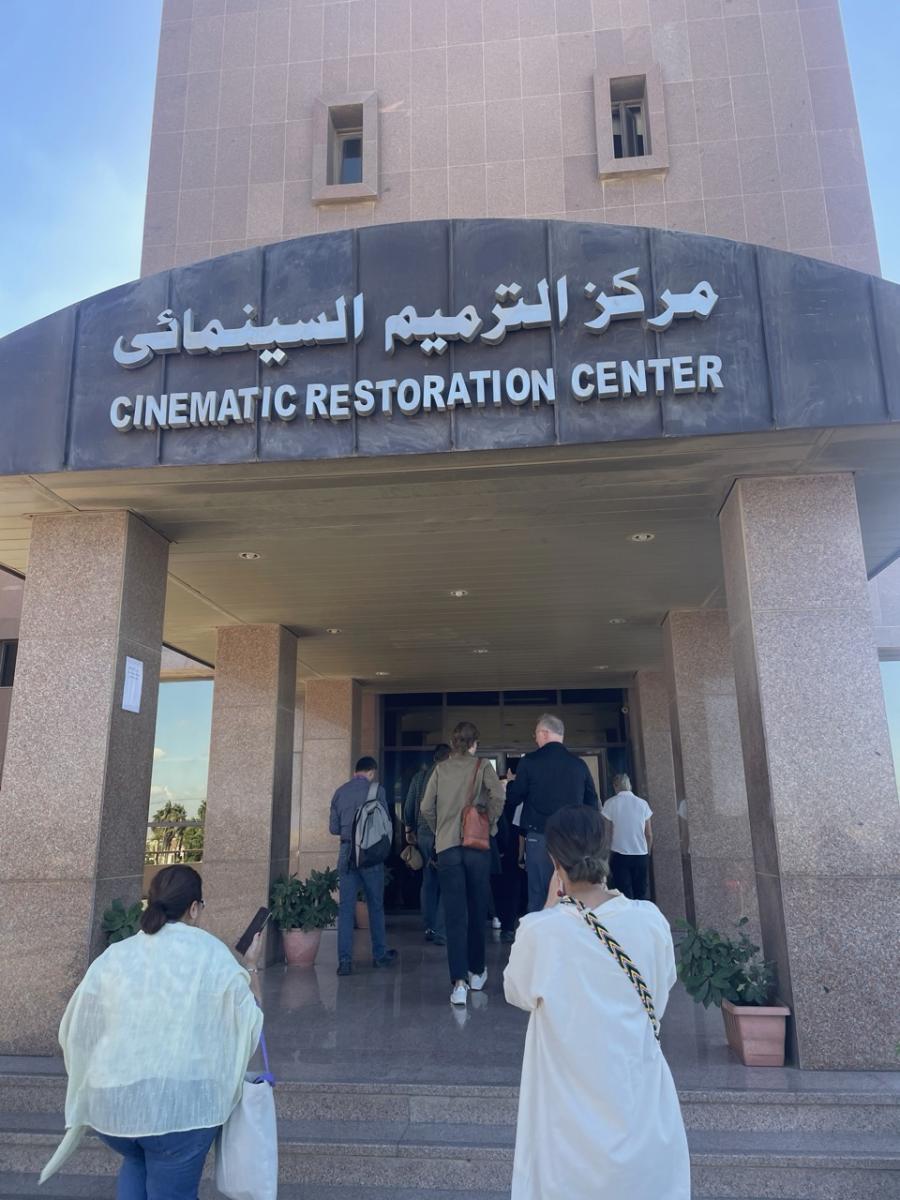

The Audiovisual Heritage Center, located in the heart of the EMPC, is one of the most advanced in the Middle East. Equipped with state -of -the -art technologies allowing 6K resolution and restoration in resolution, it brings back precious films, often considered lost for history. During the visit, we attended each stage of this meticulous process: cleaning of coils, physical repair, scanning and digital restoration of images and sound. This work, carried out by a team of highly qualified technicians, requires about a month per film. Among the already accomplished projects are the restoration of the entire Egyptian cinematographic newspaper (Egyptian Film Newspaper), or 2389 numbers covering the period from 1952 to 2015, as well as 140 documentaries produced for the state information service. To this are added emblematic fiction films such as Khally Ballak Men Zouzou (1972), Gharam Fi al-Karnak (1967), The journal of a campaign substitute (1969) and the ten works selected for Cairo Classics This year (list here).
After this immersion in the world of cinematographic restoration, the visit continued through two of the 17 external filming zones of the EMPC, recognized for their ability to recreate with exceptional fidelity of various environments. The first, the rural areaimmersed us in landscapes typical of the North and Haute-Egypt: houses in cob, cultivated fields and sinuous canals reflected to the atmosphere of traditional villages. The second, The Alexandria districtrecently enriched with London streets designed for European productions, mixed Mediterranean charm and ideal versatility for international scenes. Apart from these two areas that we have explored, the EMPC is home to various decorations: the pharaonic area offers a monumental reproduction of ancient temples, in particular imposing statues and detailed frescoes which recall the new Egyptian empire. The citadelbuilt for medieval historical stories, has ramparts, towers and great courses perfect for epic battles. Rue Emad El-Din, As for her, restores the vibrant atmosphere of Cairo in the 1920s, with coffees, theaters and shops typical of the time.
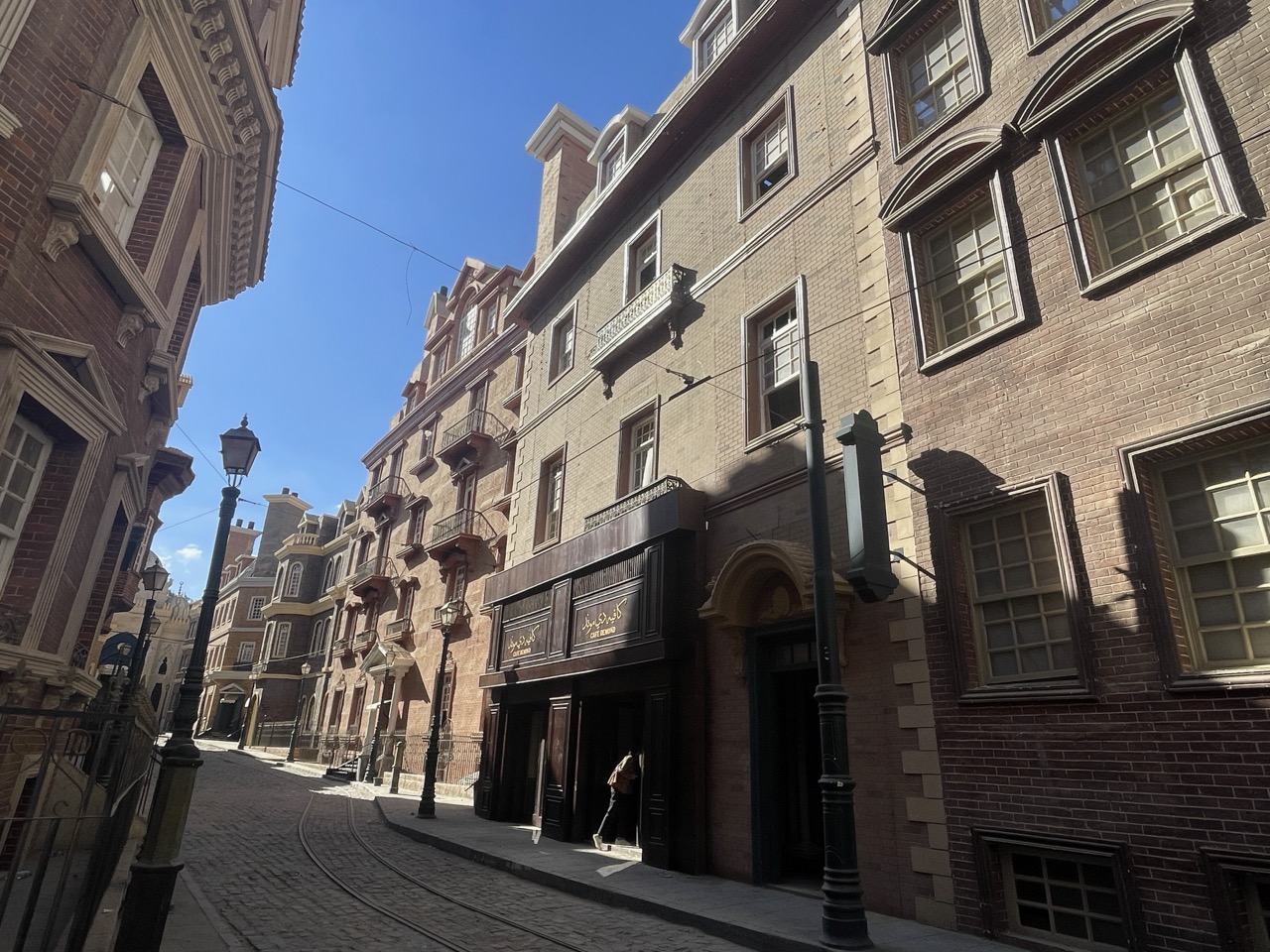

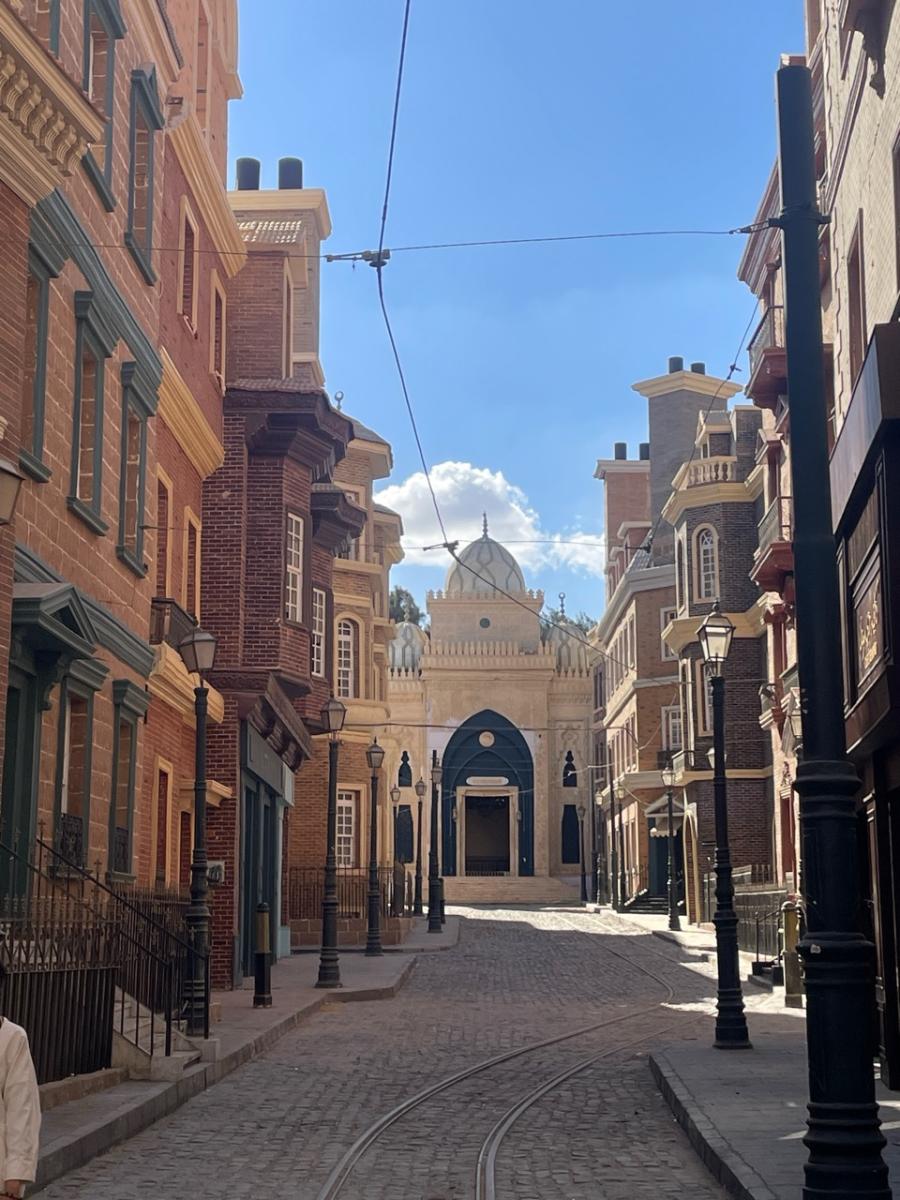

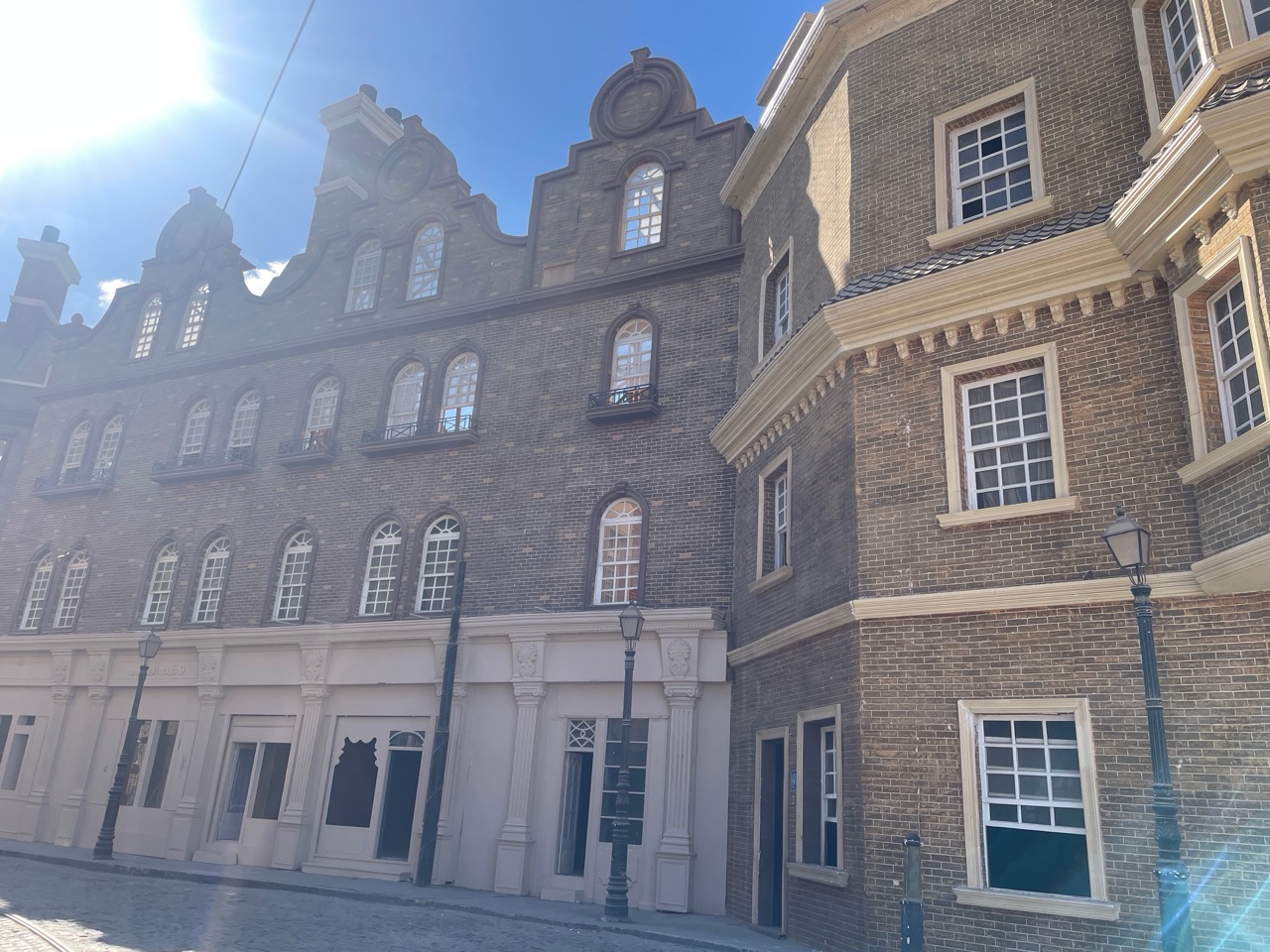

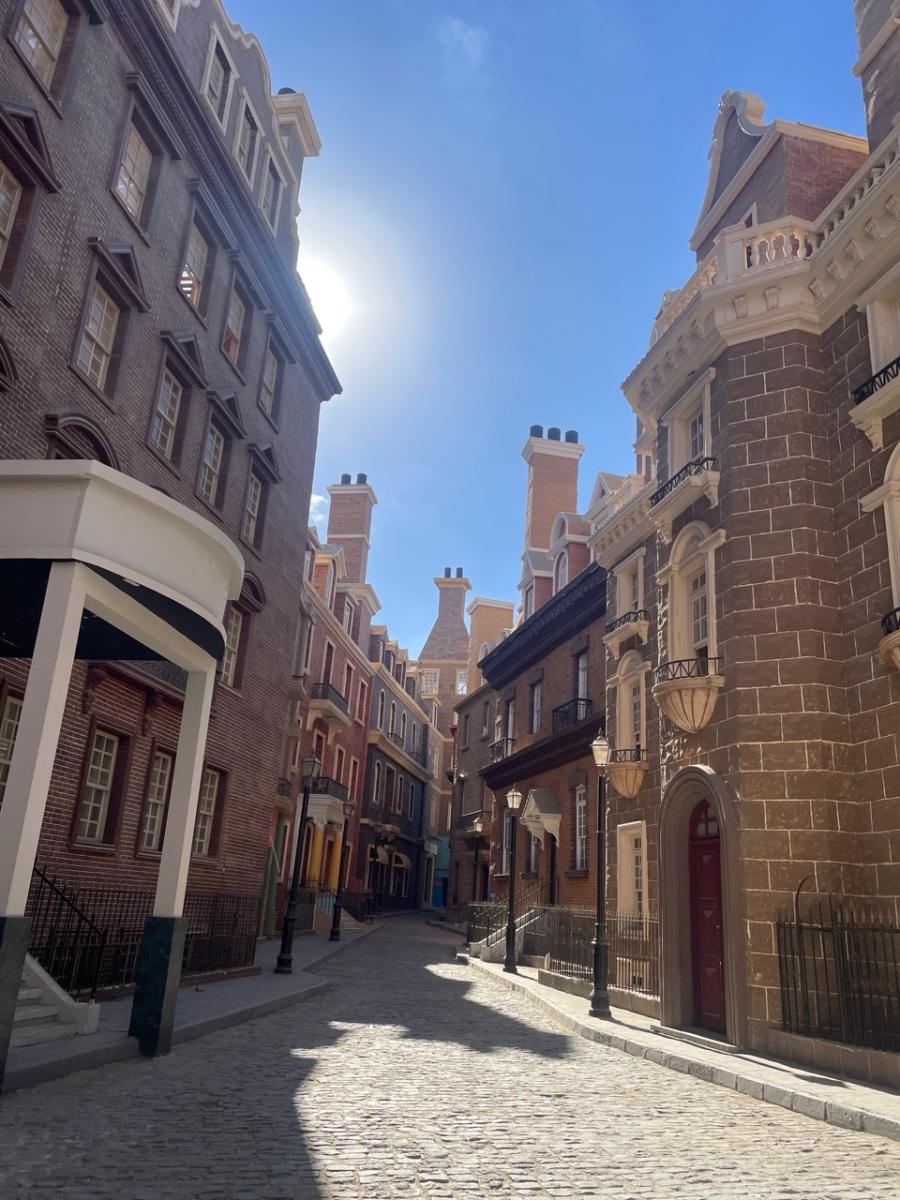

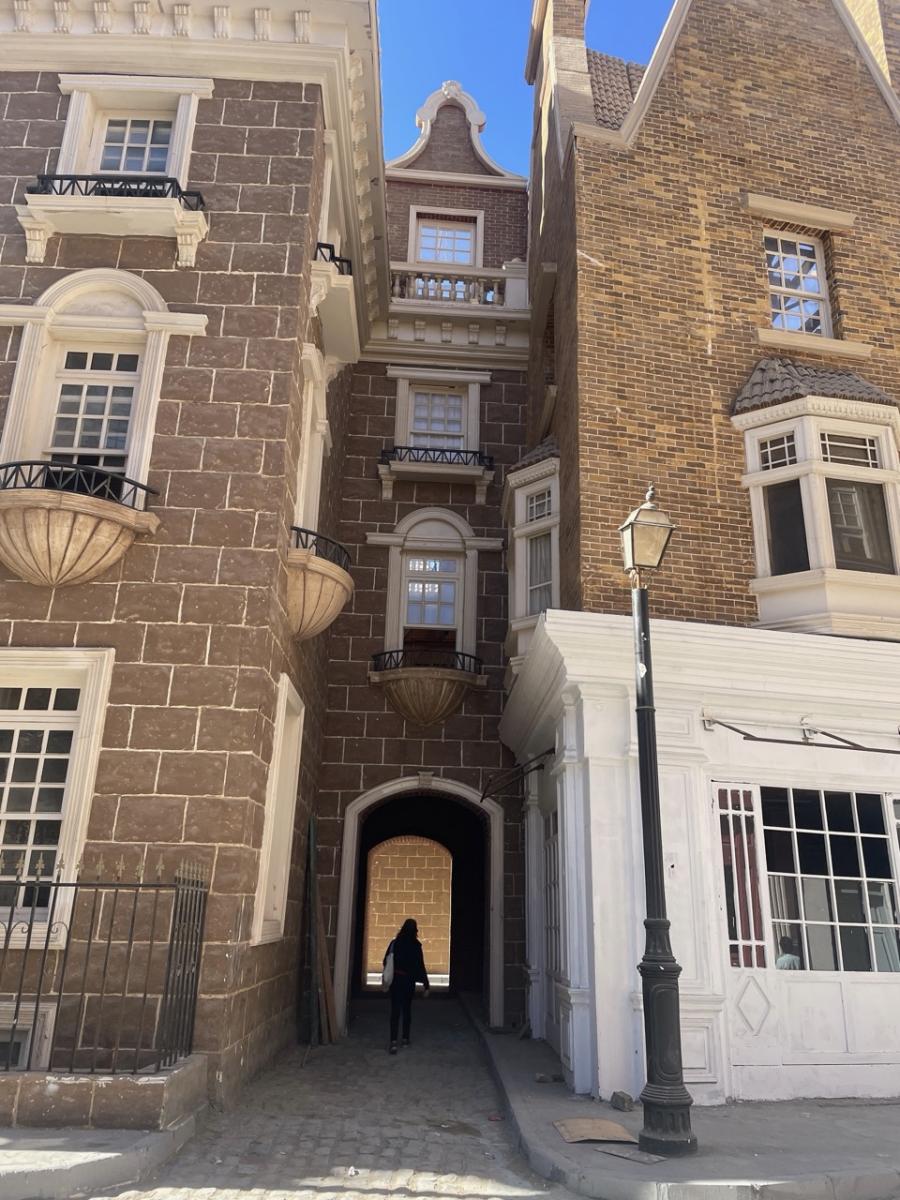

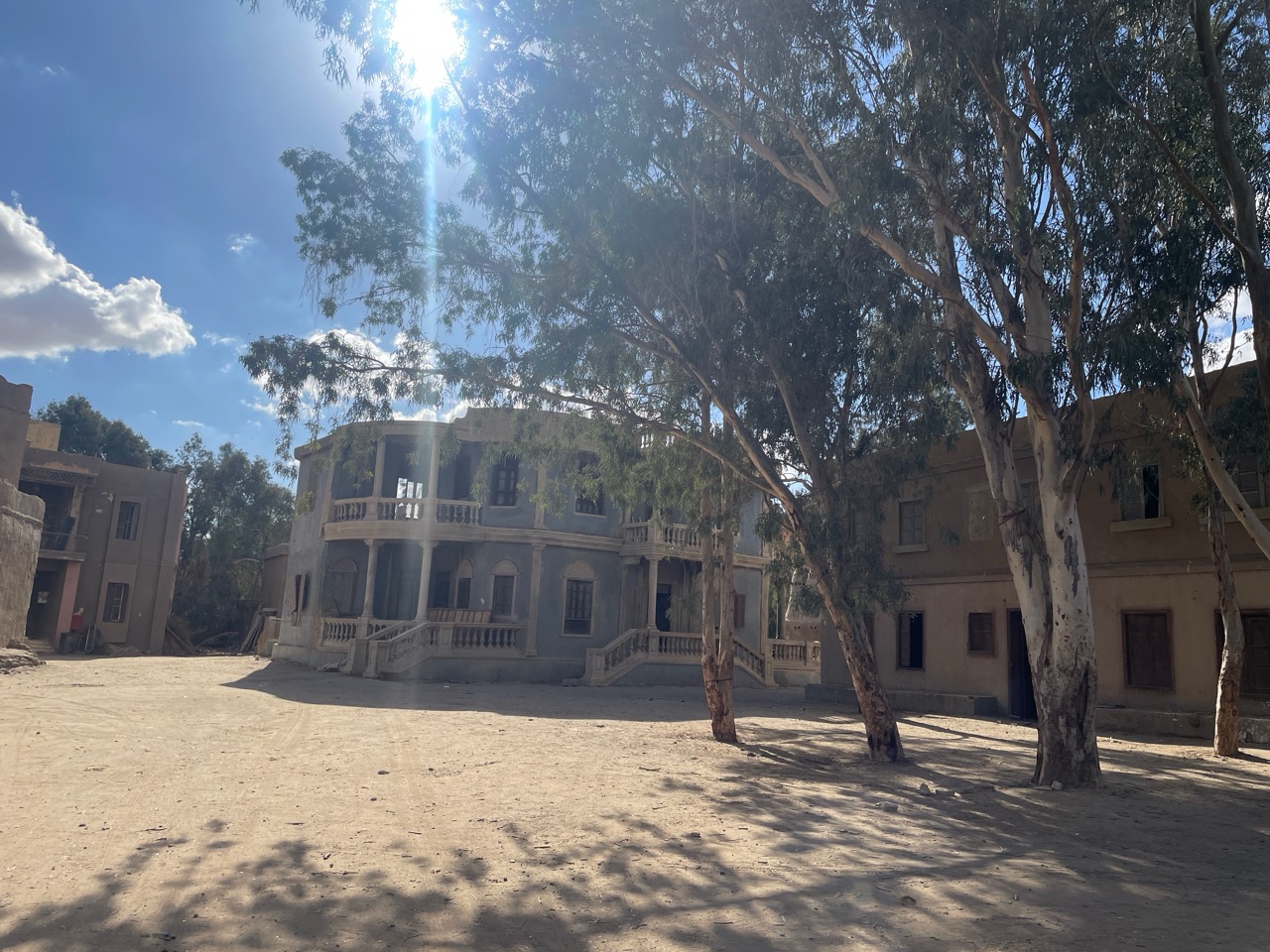

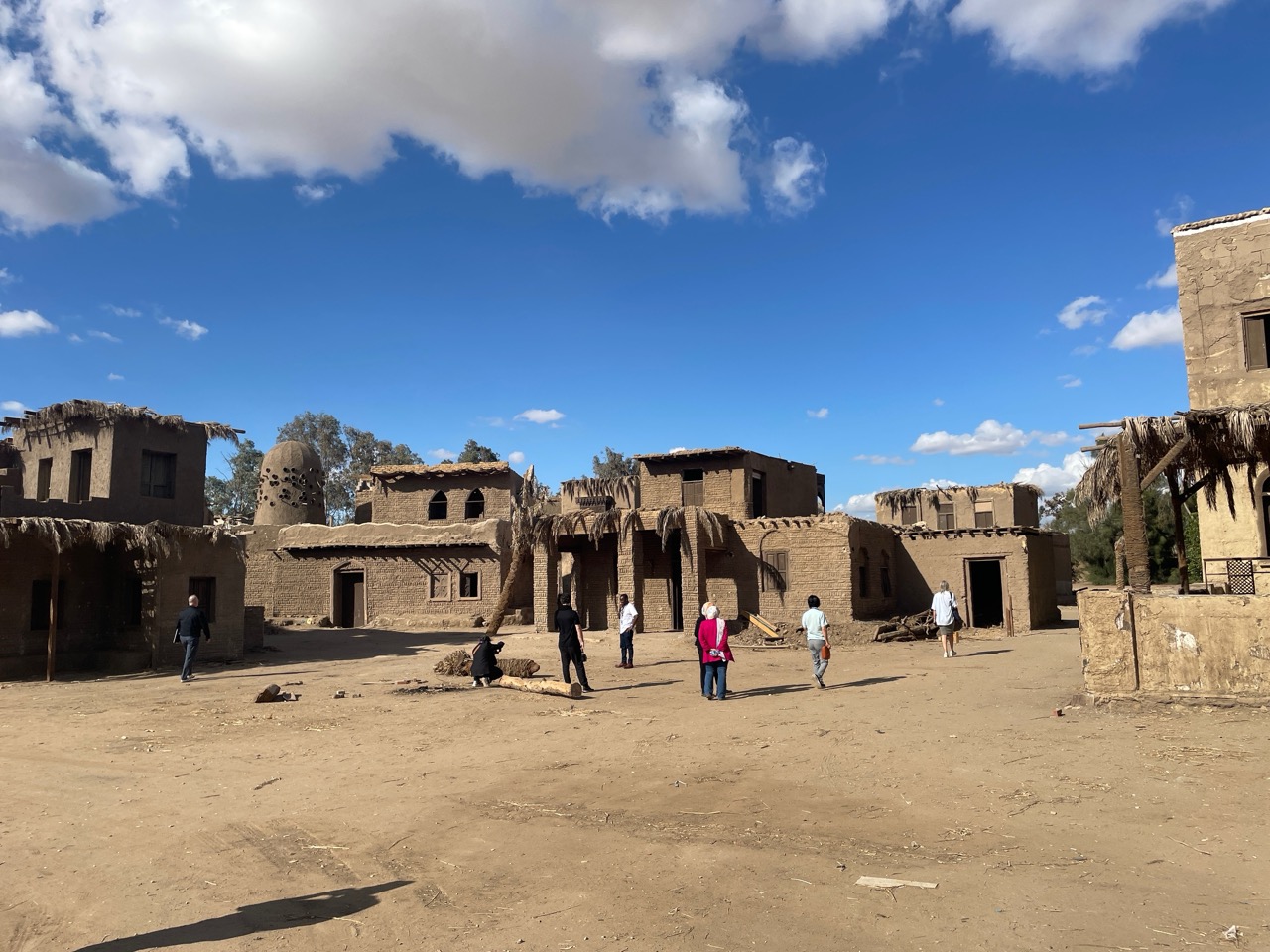

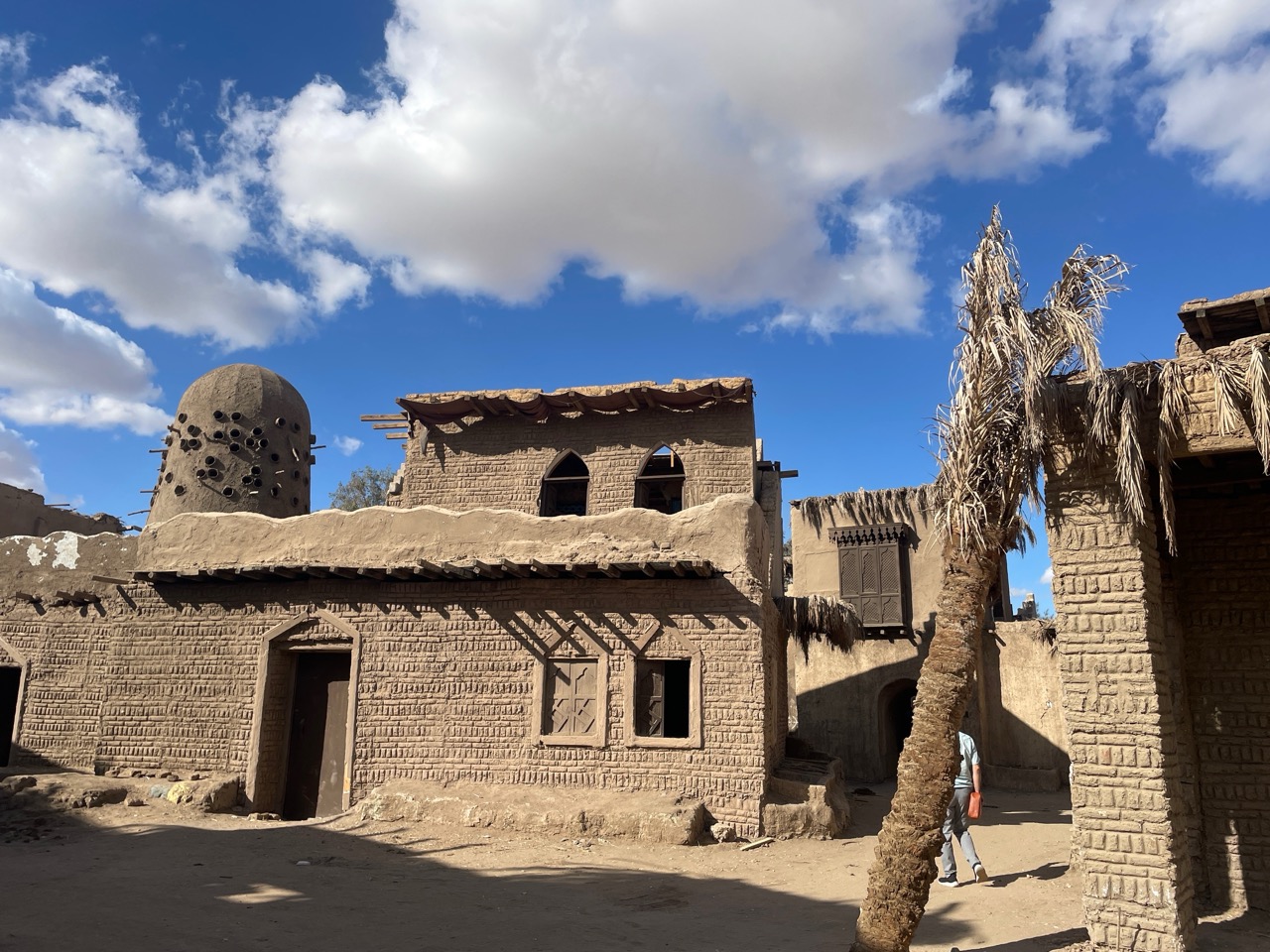

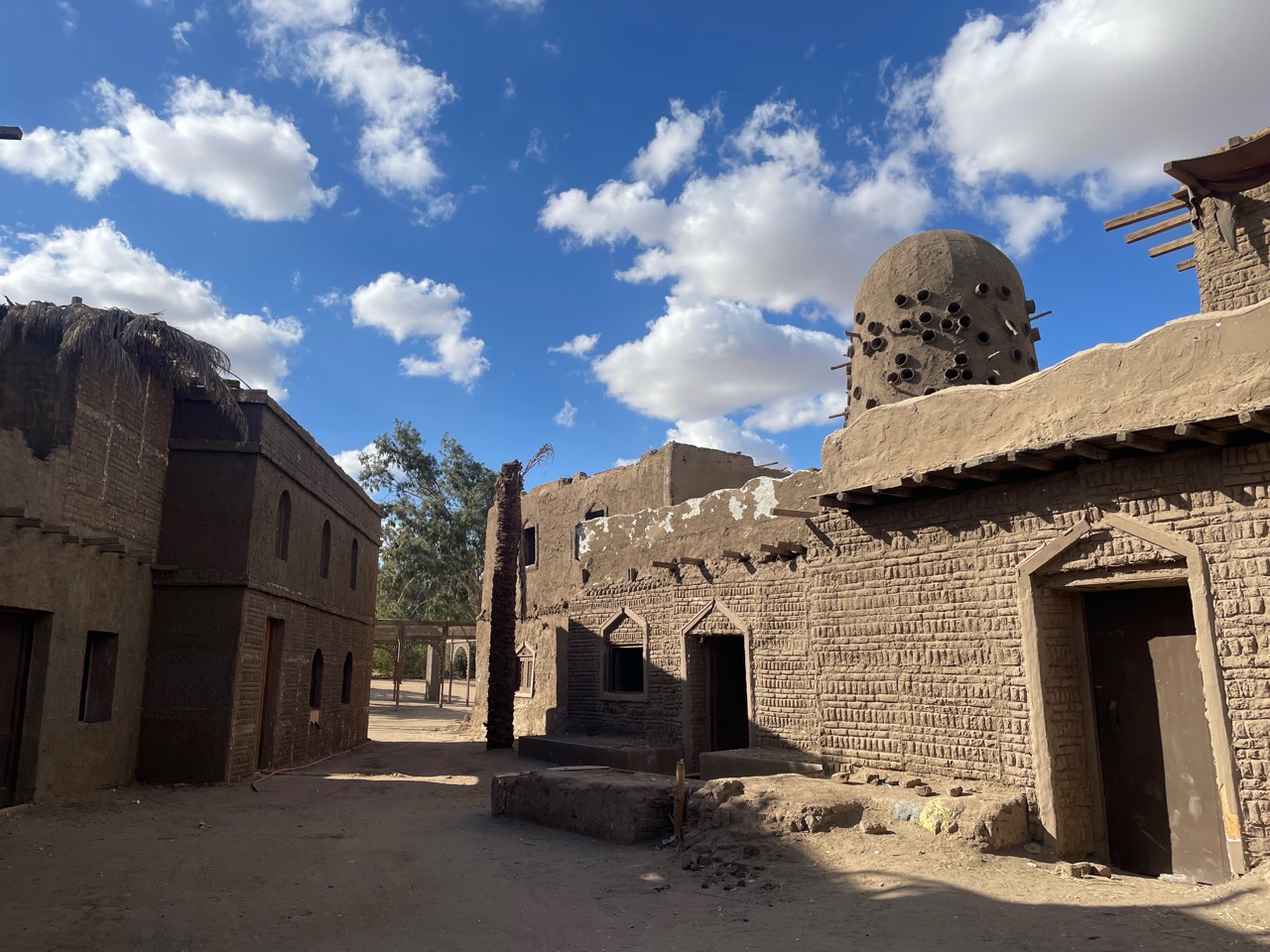

Other areas make it possible to transport productions in more specific sets: the Islamic zone incorporates architectures inspired by Mameloukes and Ottoman eras, while The Bedouin area Capture the large arid expanses used for stories related to Bedouin life. The coastal area offers fitted beaches and realistic ports, perfect for intrigues taking place by the sea. A tropical arearare in the filming studios of the region, is lined with dense vegetation, evoking exotic jungles. Finally, several modern spaces reproduce residential districts, industrial complexes and even commercial areas, making it possible to meet the needs of contemporary productions.
The EMPC is not limited to its sets: the site also has a remarkable collection of old cars, exhibited in an open -air museum. This unique park brings together vehicles dating from 1919 to the end of the 20th century, including taxis, luxury convertibles, ambulances, trucks and even military vehicles. These cars, available for rental, allow producers to add a degree of unequaled realism to their works.
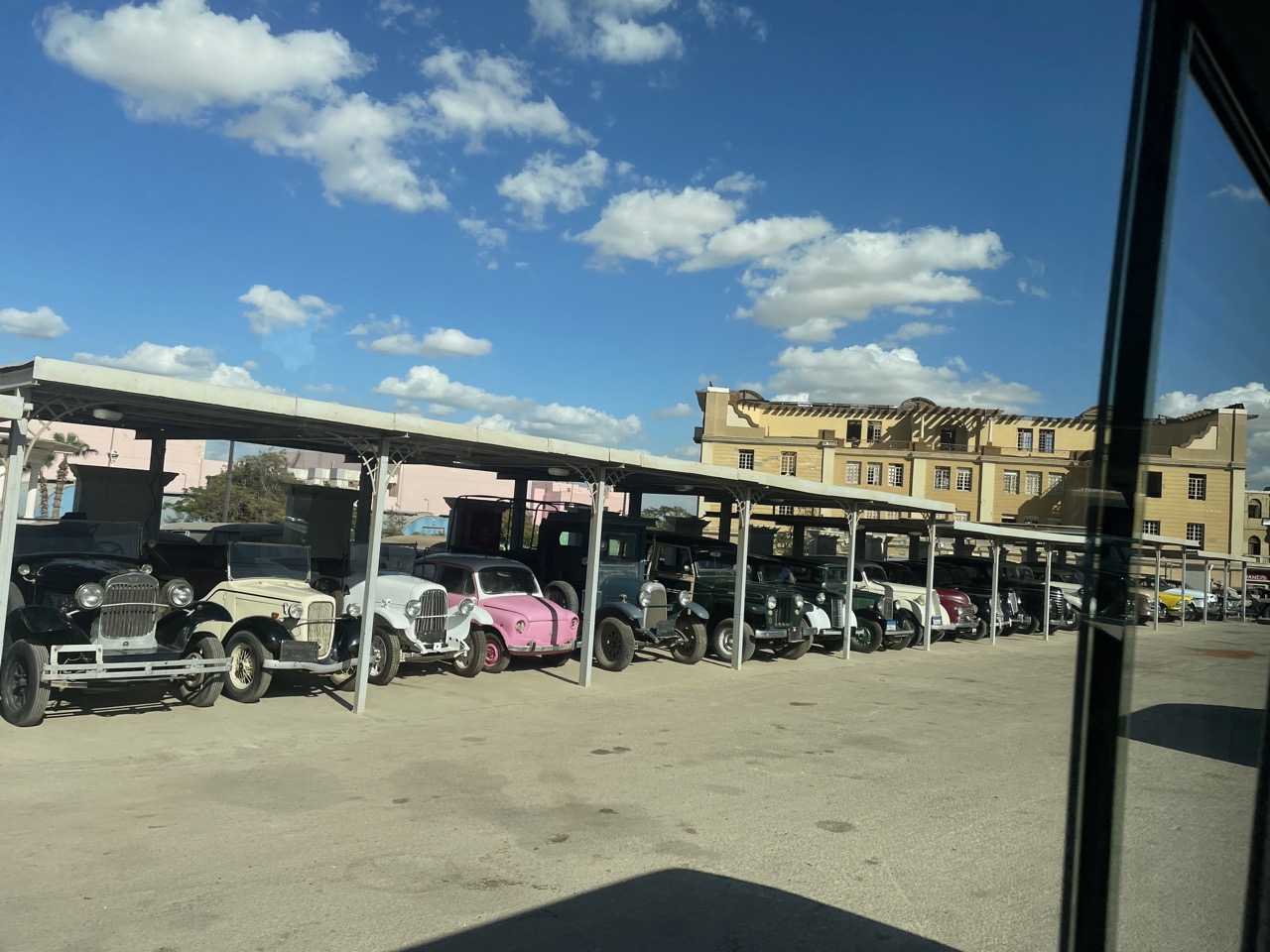

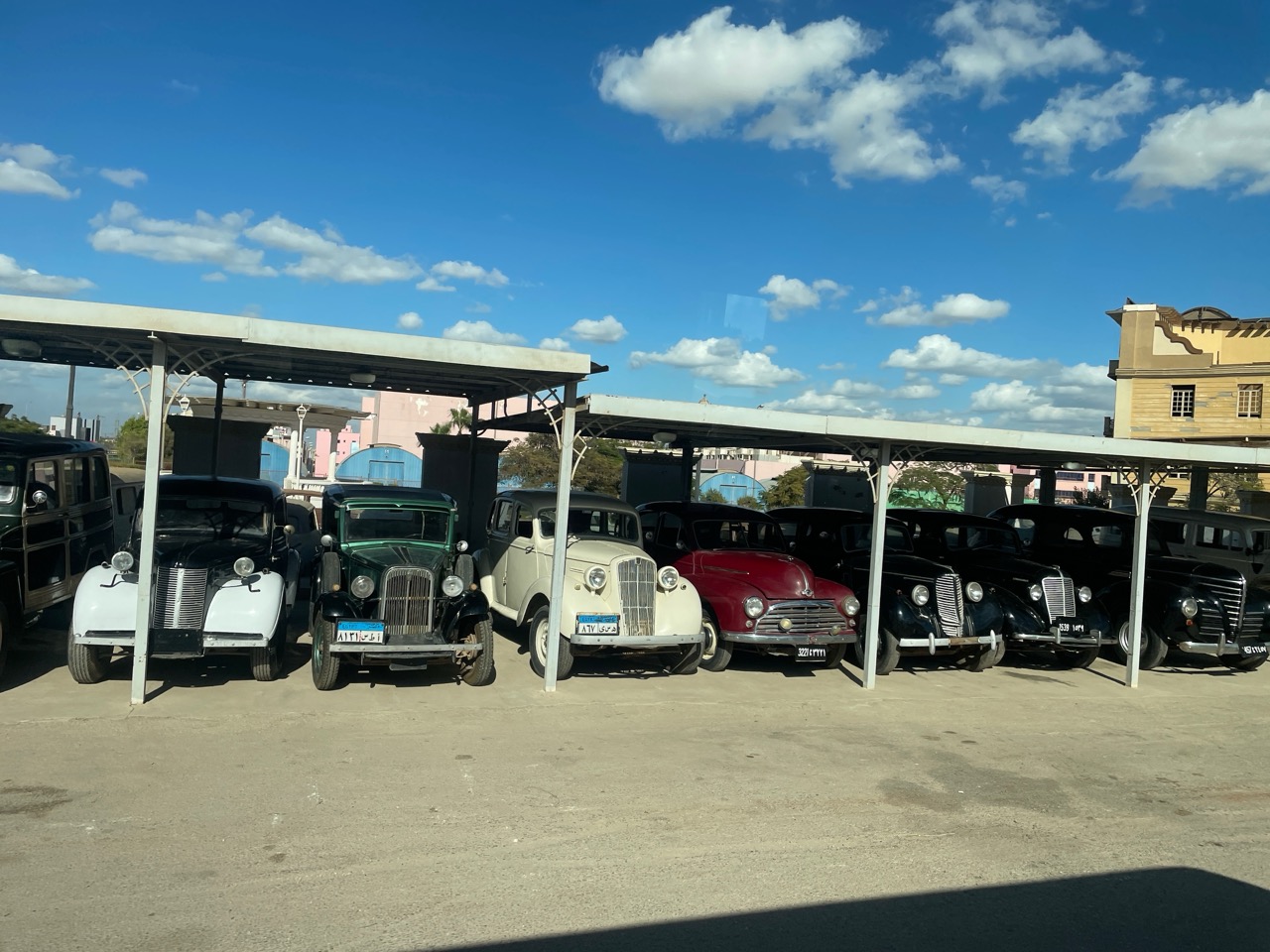

During this visit, we had the chance to attend the shooting of a scene from a soap -planned for next Ramadan. Made by a renowned Egyptian filmmaker (whose name we have promised not to reveal), this work is supposed to take place in Iran. The meticulously designed decorations recreated the atmosphere of Ispahan with such a level of detail that it was impression of being transported to the heart of the famous Persian city. This filming illustrated the EMPC’s ability to compete with the largest international studios, by offering infrastructure capable of meeting high artistic requirements.
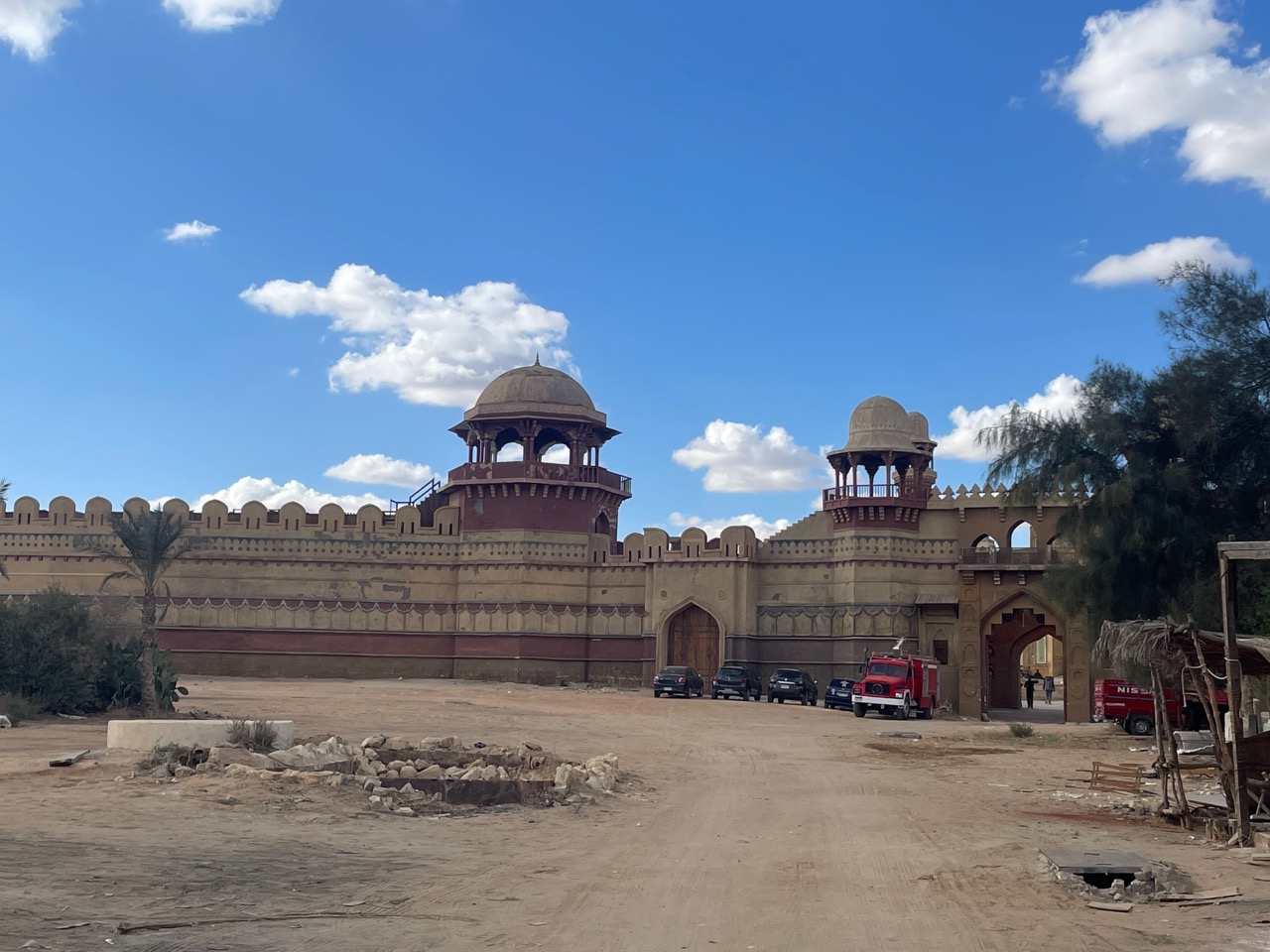

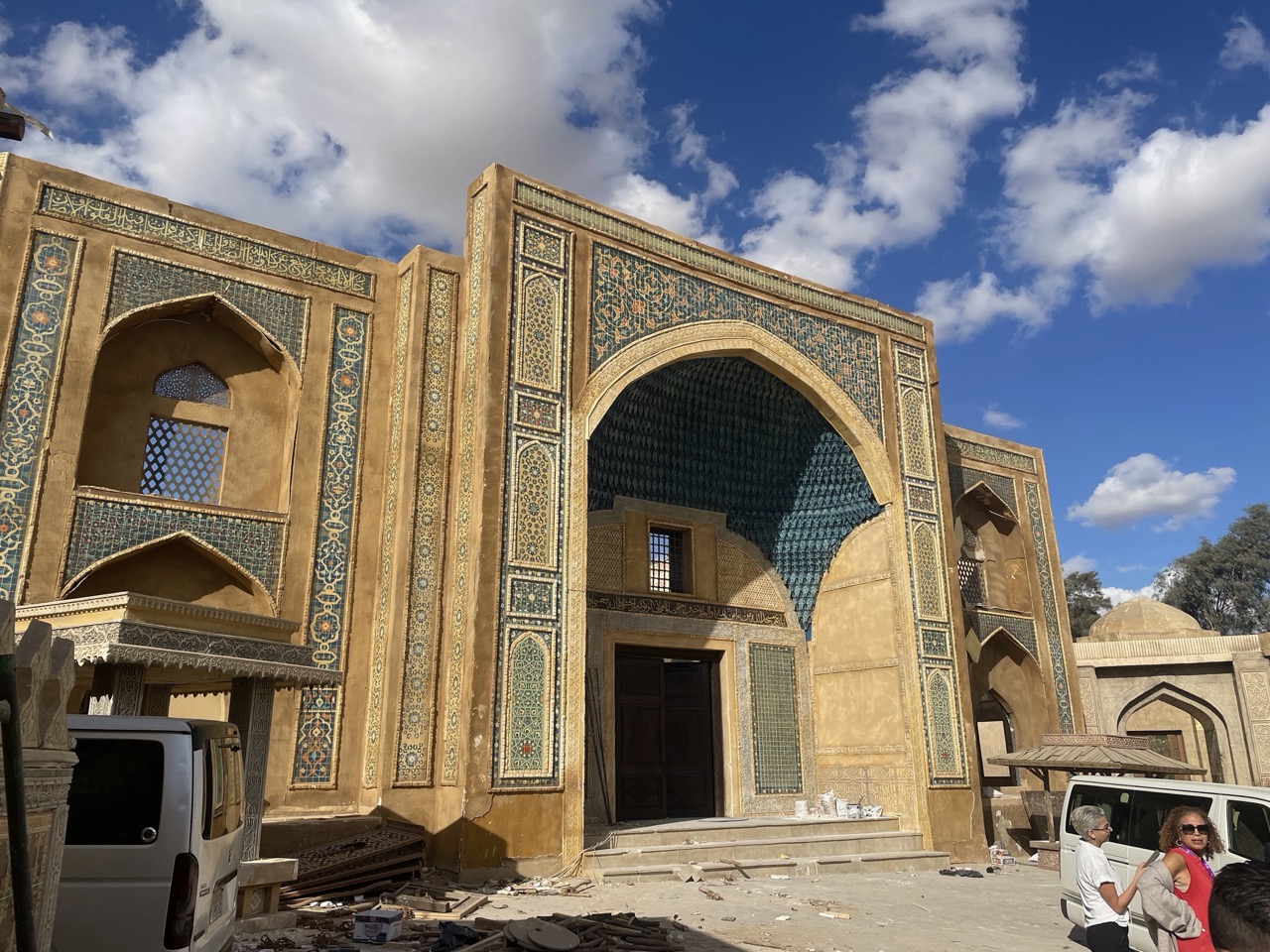

The Cairo Film International Film Festival has also enriched this process of enhancing heritage by two captivating panels. The first, entitled Restoration of heritage and artists’ history, looked at the conservation of the archives of the great figures of cinema. The second celebrated the release of a collection of articles from the old magazine Seventh Artwhich testify to an era when film criticism and analysis played a central role in industry.
The 2024 edition of the CIFF has masterfully demonstrated that the restoration and enhancement of cinematographic works go far beyond technical considerations. Through initiatives like Cairo Classics And advanced infrastructure like the EMPC, Egypt is positioned as a cultural lighthouse, preserving its rich past while setting the foundations for a promising future for cinema.
Neïla Driss



